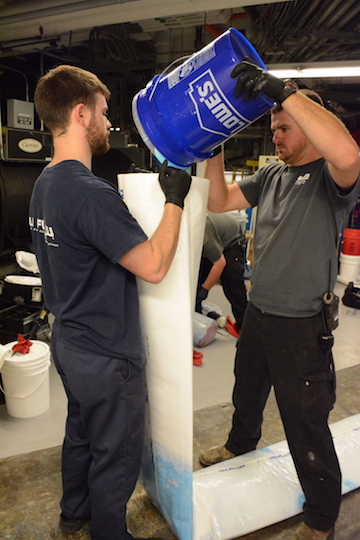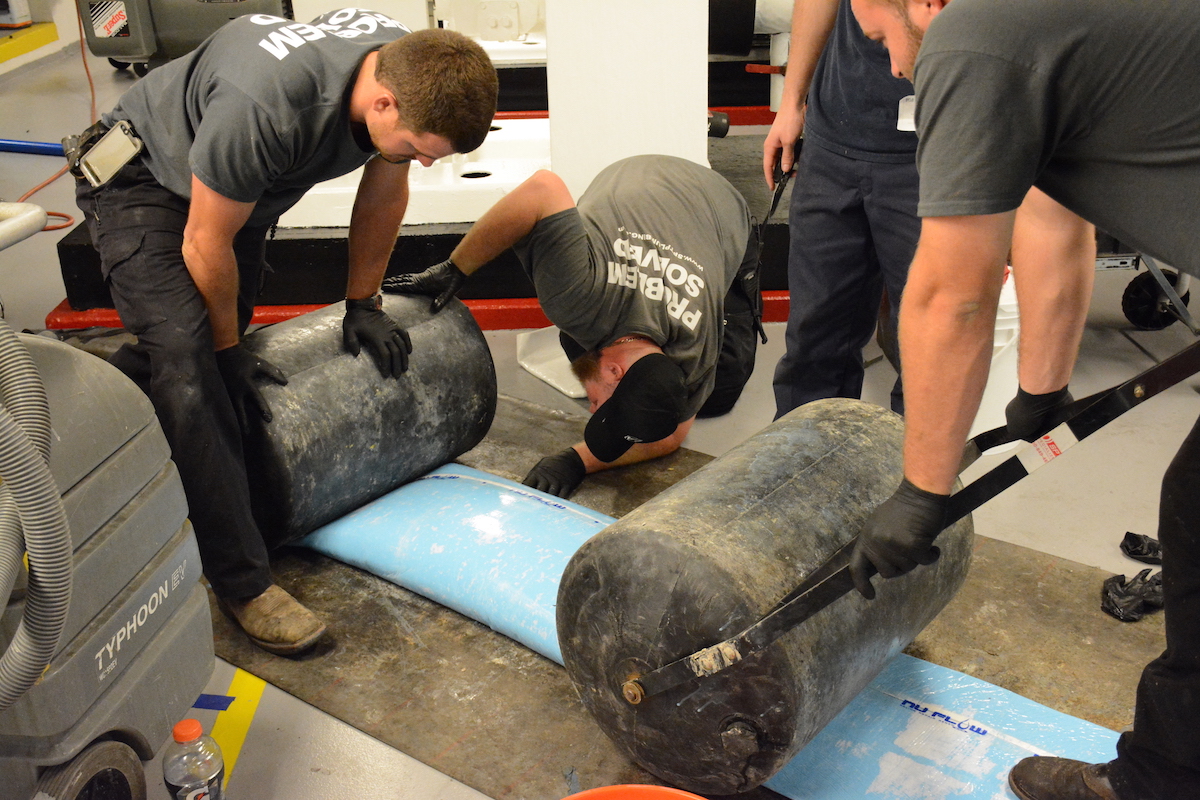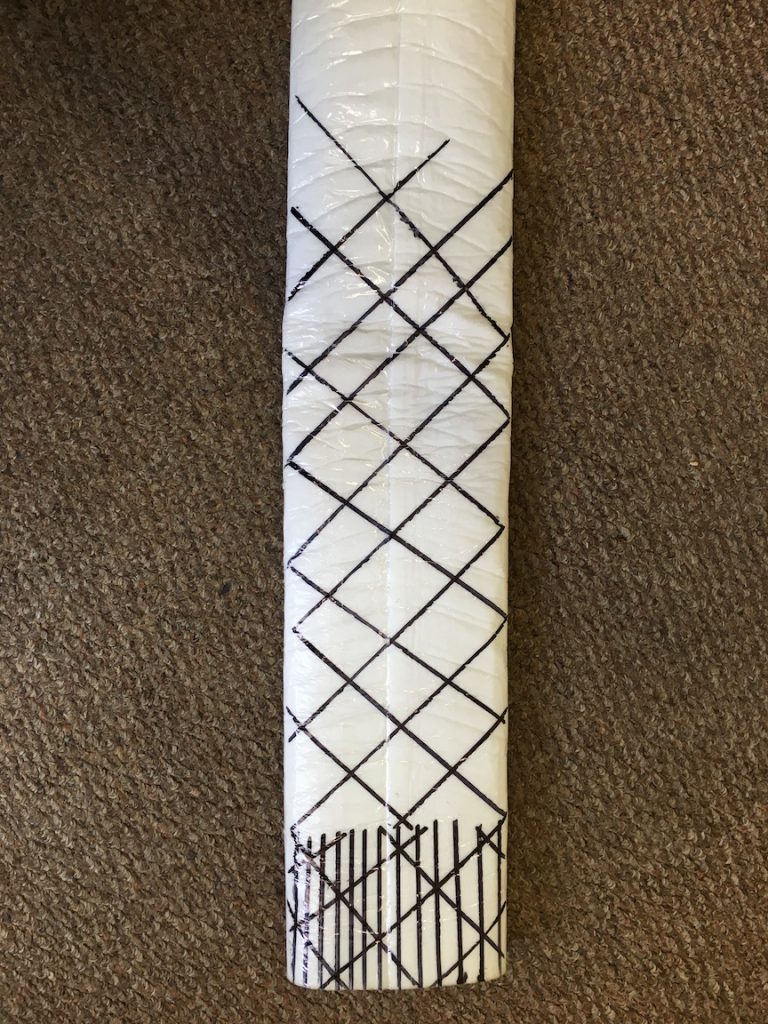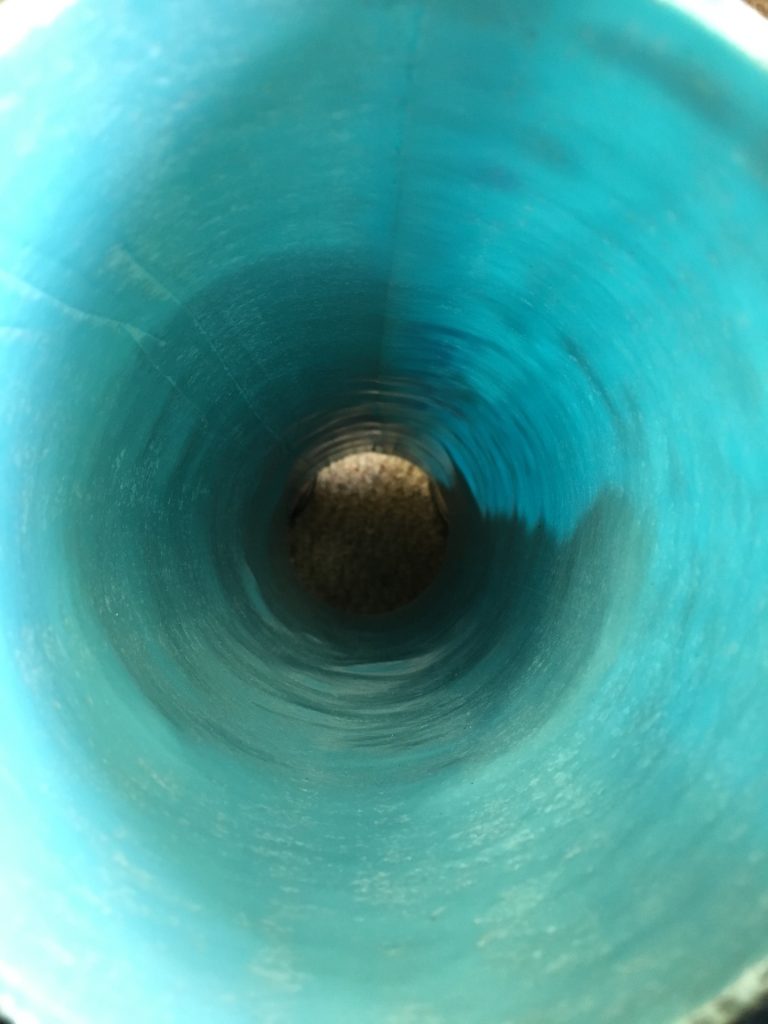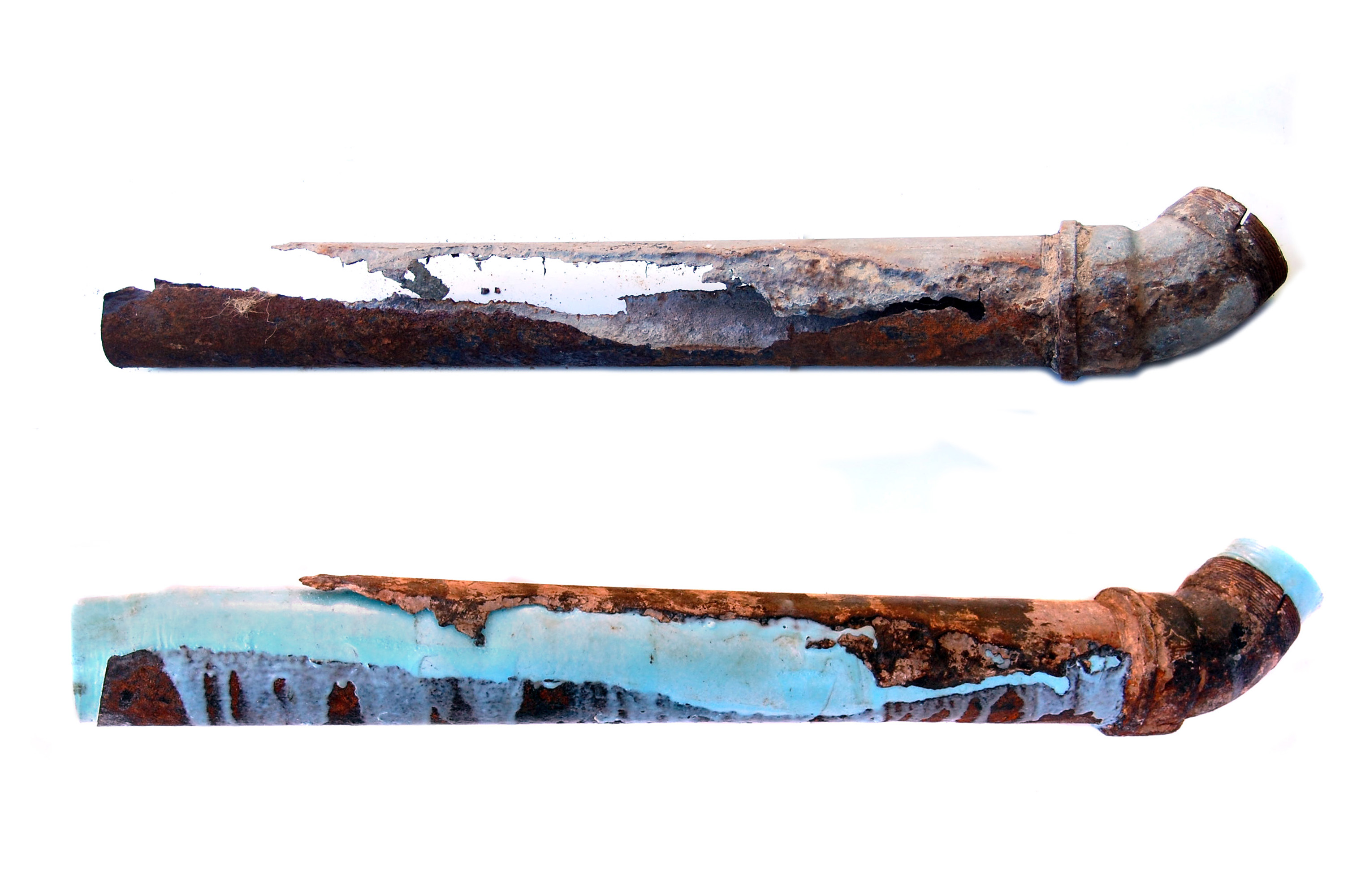In the pipe lining industry, the adhesion of the lining material to the host pipe is crucial for the success of the job. If the lining material does not adhere to the pipe, the job is not done right and the existing types of problems we were once trying to fix will continue to occur. The pull in place method is a kind of lining process that allows the installer complete control of where the liner is placed. If a pipe has a leak in only one section, the pull in place method allows the installer to only line that particular spot versus the whole pipe. The material used does not stretch, therefore the liner cannot move from the intended location once the epoxy hardens and adheres to the host pipe. The following is the process of how Nu Flow and its’ licensees successfully provide adhesion to the host pipe therefore solving and preventing leaks, corrosion, root intrusion and in many cases partially deteriorated pipes.
The Products
There are many kinds of liners and processes, however, at Nu Flow Technologies we have a liner that includes a felt (white) material with a bladder (black tube) inside, a release plastic for bladder removal, in addition to a blue strap (inside the bladder) and blue sleeve (on each end of the bladder) which keeps the bladder from over expanding and over inflating. The most significant factor (beyond the product) that needs to be executed correctly in order to achieve full adhesion – is the way in which the white felt is scored or cut.
The Process
The scoring technique is crucial in the ultimate success of a lining job – if done improperly water can get in-between the host pipe and the liner causing delamination. Before the scoring takes place the two part epoxy is mixed and poured into the the felt liner.
The particular kind of epoxy we use is 100% solid epoxy. This is typically called the “wetting out” process in which the white felt turns the color blue. The felt is then compressed and rolled out with heavy rollers so that the blue epoxy evenly impregnates the felt liner. It’s after the felt is “wet out” that the crucial scoring process begins.
Scoring the Liner
Scoring punctures the plastic membrane that is on the outside of the white felt. Without this material the epoxy would ooze out of the liner before it could be placed in the damaged pipe. The scoring typically starts at each end of the liner – this particular section needs additional scoring. Vertical as well as crisscrossed cuts are made at each end of the plastic liner. The middle section of the felt liner is scored with crisscrossed cuts which allows the epoxy to ooze out and migrate which attaches to the host pipe as well as to the epoxy itself. There is a feathered effect that goes beyond the felt liner once the bladder is inflated and the epoxy cures.
Achieving Adhesion
Once the felt is scored, the liner is folded tightly and taped, allowing it to be pulled through the pipe to the correct location. The bladder is then inflated with air, which presses the liner against the host pipe. The epoxy migrates during the curing process because it heats up before it hardens – which makes it temporarily flexible allowing the epoxy to migrate and ooze through the scoring, which adheres to the host pipe in addition to the epoxy itself. The 100% solid epoxy cures until it hardens in about four hours.
The Cure
When the epoxy has finally cured there is a smooth blue epoxy pipe on the inside of the original host pipe. This type of technology has a significant advantage due to the scoring process in addition to the product and installation process. During the manufacturing of the felt liner it has to have a seam to hold the liner together. Our product’s seam is on the outside of the liner which presses against the host pipe – therefore creating a lining on the inside of the pipe that is smooth and seamless.
Full adhesion is the ultimate goal when lining any pipe from storms drains to sewer pipes. In addition to the 100% solid epoxy, the scored felt plays a significant role in successfully lining a pipe. The felt makes the liner structural – meaning the host pipe can completely deteriorate yet the liner will still be in place for full usage. In addition to the structural capabilities of the felt and epoxy together – full adhesion prevents water getting in between the pipe and the CIPP (cured in place pipe). Full adhesion also prevents the lining from “slipping” down from the damaged sections of the pipe. With this type of technology, CIPP lining becomes a long-term fix to any leaking or deteriorating piping system.
